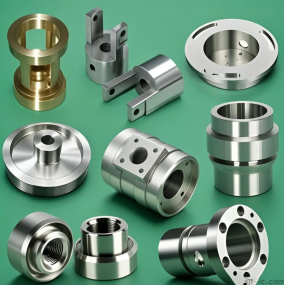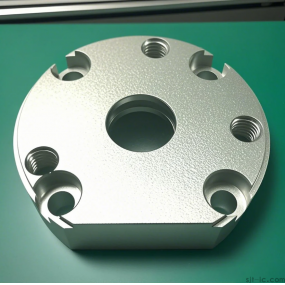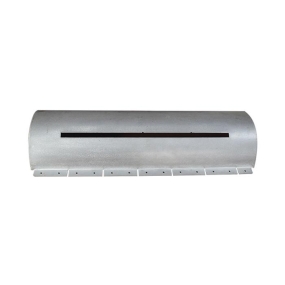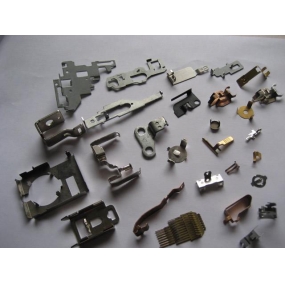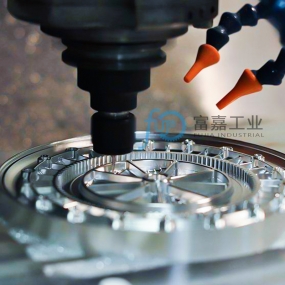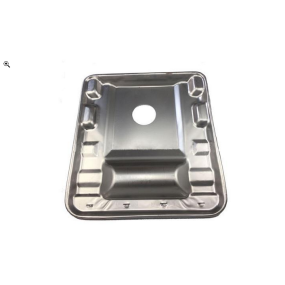Emma Technology Co., Ltd. is one of the leading professional manufacturers of precision metal parts in China, established in 2006. It mainly undertakes business such as CNC Machining parts, metal stamping parts, and sheet metal processing. The company respects the corporate spirit of "down-to-earth, hard work, and responsibility", and with integrity, win-win, and innovative business philosophy, creates a good corporate environment. With a new management model, perfect technology, thoughtful service, and excellent quality as the foundation of survival, we always adhere to the principle of putting customers first and serving them wholeheartedly, and insist on using our own services to impress customers.
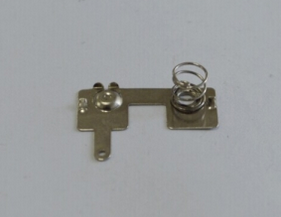
Five deformations in the process of metal stamping parts
1. Stereoscopic pressing: redistributing the volume and transferring the material to change the shape or height thickness of the billet.
2. Bending: Transforming a flat sheet metal into a bent part, further altering the shape of the bent part. There are bends, twisted edges, etc.
3. Rolling: Stamping a flat billet into a hollow part of the desired shape, or further changing the size of the hollow part.
4. Forming: Using local deformations of various properties to change the shape of a workpiece or billet. Belonging to forming deformation include undulating forming, flanging, necking, bulging, rounding, and shaping.
5. Cutting and punching: not sealing or not sealing to separate one part of the material from another. This type of method includes material cutting, punching, edge cutting, cutting, sectioning, and cutting.


 Spanish
Spanish Arabic
Arabic French
French Portuguese
Portuguese Belarusian
Belarusian Japanese
Japanese Russian
Russian Malay
Malay Icelandic
Icelandic Bulgarian
Bulgarian Azerbaijani
Azerbaijani Estonian
Estonian Irish
Irish Polish
Polish Persian
Persian Boolean
Boolean Danish
Danish German
German Filipino
Filipino Finnish
Finnish Korean
Korean Dutch
Dutch Galician
Galician Catalan
Catalan Czech
Czech Croatian
Croatian Latin
Latin Latvian
Latvian Romanian
Romanian Maltese
Maltese Macedonian
Macedonian Norwegian
Norwegian Swedish
Swedish Serbian
Serbian Slovak
Slovak Slovenian
Slovenian Swahili
Swahili Thai
Thai Turkish
Turkish Welsh
Welsh Urdu
Urdu Ukrainian
Ukrainian Greek
Greek Hungarian
Hungarian Italian
Italian Yiddish
Yiddish Indonesian
Indonesian Vietnamese
Vietnamese Haitian Creole
Haitian Creole Spanish Basque
Spanish Basque



